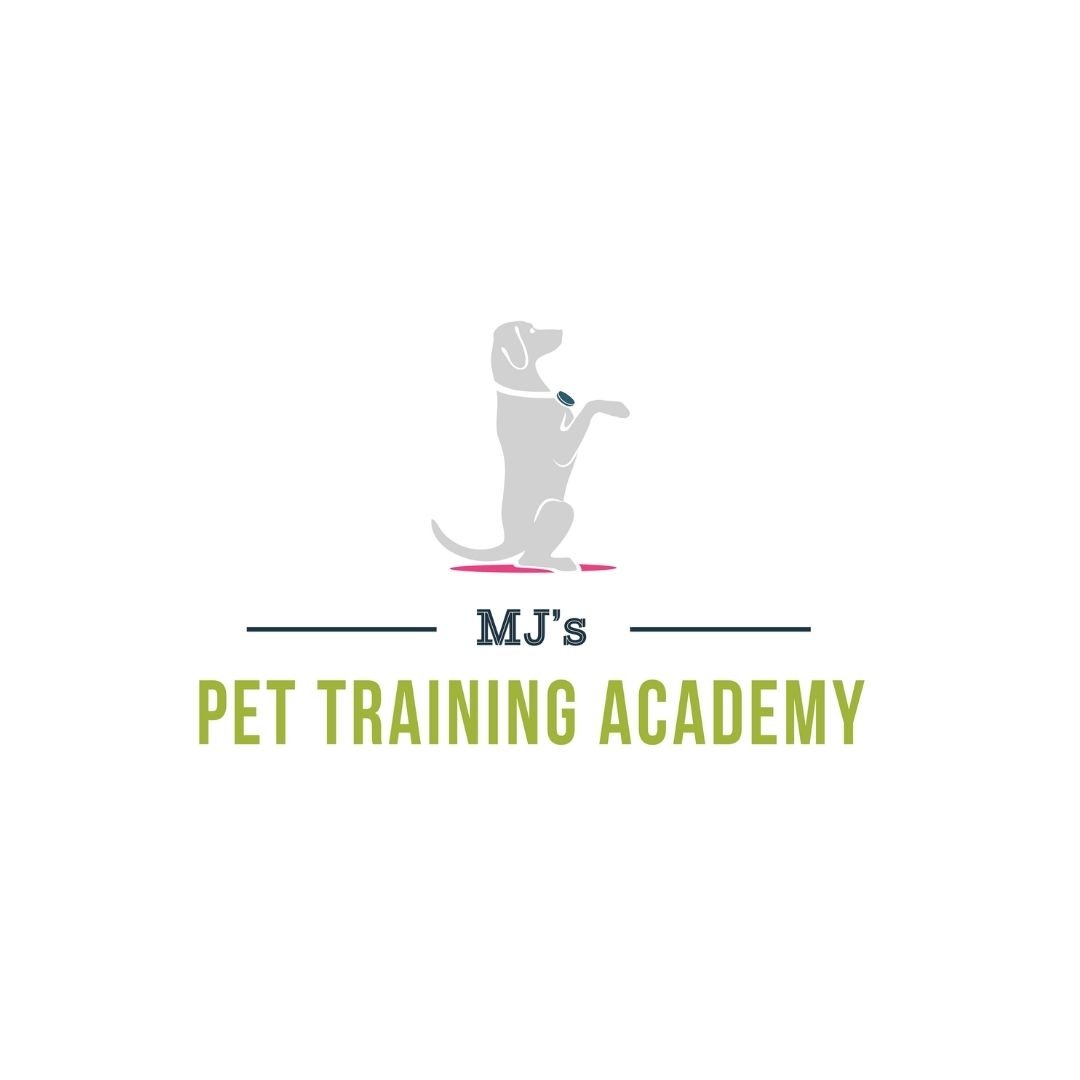When Your Dog Only Comes to You for Treats
If your dog only comes to you when you have a treat in your hand, it’s time to rethink your recall training. Every dog should learn to come when called, but that doesn’t mean it’s always easy to teach. The first few steps of recall are usually the easiest. Through games and play, your dog learns to run to you to earn a reward. In class, it’s easy to practice this. But how do you get your dog to listen in the real world, where distractions are everywhere?
If you have to shake a box of treats or wave one in the air to get your dog inside, your recall might fall apart in new environments. To improve reliability, start by assessing how well your dog actually understands the recall cue.
Your dog’s responses can be measured, making it easier to track progress and identify areas for improvement. One way to test your training is to see what your dog thinks the cue really means. For recall, this might involve calling your dog from different spots in your yard, using various body positions, and checking whether your dog responds to the word or just the motion of your hand.
Let’s say you always call your dog in from the yard while standing by the door with a treat visible. Your dog runs to you and earns the treat every time. But will your dog still come when you don’t have one in your hand? Try standing in a new spot, hiding the food, or folding your arms. You might even step behind a tree to see if your dog is listening to your voice or watching your body.
Many people don’t realize they reach for a treat as they call their dog. When the dog doesn’t respond without seeing food, it seems like the dog’s fault—but it was actually a training mistake all along.
Once you identify your dog’s strengths and weaknesses, rebuild your recall from the first step. Teach a variety of recalls:
Touch recall – your dog runs to you and targets your hand.
Front – your dog comes and sits in front of you.
Come – your dog runs straight to you quickly.
Each version needs to be trained from the ground up for reliability. Show your dog exactly what to do, then gradually increase the challenge. Watch your hands. You can reward your dog with food for correct responses, but avoid luring every time. Lures have a purpose during early learning, but they should be phased out quickly.
As your dog improves, start practicing in areas with distractions. Use a mix of rewards to keep it fun and motivating—play tug, let your dog chase you, or offer a jackpot of treats for running to you at top speed.
If recall only means “playtime is over,” your dog will avoid it. Instead, call your dog, reward generously, and then release them to go play again. You can even call your dog without food on you, then race together to a hidden food source. Games like this make training exciting and unpredictable.
It can be frustrating when it feels like your dog only listens if food is involved, but that’s a strong sign that some important training steps were skipped. Pay attention to when and how you use treats, and make sure to include play and real-life practice.
Recall training is important and rewarding. It’s not just about obedience. It’s about building a relationship with your dog based on trust, consistency, and clear communication. When that connection is strong, your dog will come to you because they want to, not just because you have a treat.
